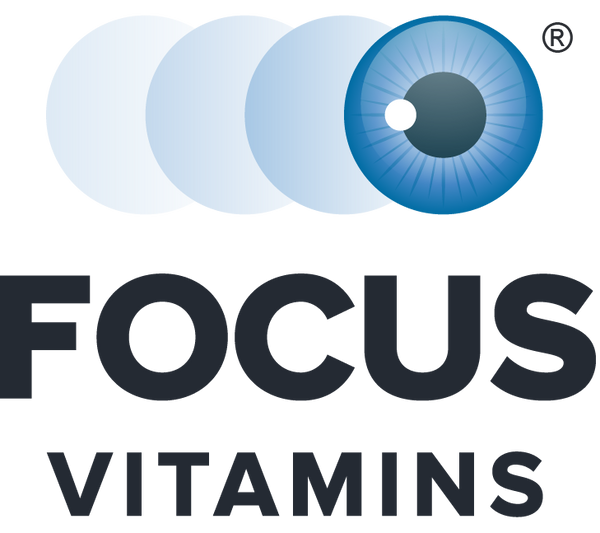Eye Conditions
Blue Light
Blue light, also known as high-energy visible (HEV) light, is a color in the visible light spectrum that can be seen by human eyes.
Social networking, group chats, and convenient messaging translate into a lot more time gazing at lit-up screens on smartphones, tablets, laptops, and TVs. The blue light emitted from electronics plays havoc on the eyes. In the backlash, blurry vision, cataracts, dry eye, macular degeneration, and difficulty sleeping are on the rise. Let’s take a look at what’s behind this rising concern.
What is blue light? How does it affect your eyes?
The three primary colors in light are red, green and blue. More colors include orange, yellow, violet and indigo.
All of these colors mix together to make white light, as is seen with the sun shining. The sun itself is a source
of blue light.
Light bulbs such as LEDs (light-emitting diodes) and fluorescents emit blue light, too. Another fascinating
element of light is that each color has a distinctive wavelength and energy. Blue light is short in wavelength and
has higher energy than the other colors.
There is research that demonstrates a connection between shortwave blue light and eye damage. Short blue
wavelengths are emitted in the light from smartphones, TVs, tablets, and computer screens.
Looking at the sun’s high-energy ultraviolet rays increases the risk of eye damage and disease. Similarly, blue
light given off by electronic devices is damaging to the eyes, too. It is estimated that one out of every two
computer users experiences eyestrain or computer vision syndrome. This can, in turn, lead to dry, irritated eyes
or blurry eyesight.
Blue light exposure is on the rise
Blue light is part of the visible light spectrum. Sunlight is everywhere, and the use of digital devices has
increased. Both of these energy sources are readily accessible.
Optometrists estimate that 60% of people use their digital devices at least six hours a day. Approximately 80%
check their smartphones within 15 minutes of getting up in the morning. People tend to not blink as much while
using their digital screens, continually exposing their eyes to the bright white light LEDs that are lighting up
their displays.
There is cumulative exposure to screen time throughout the day at work, at school, and during entertainment and
play. Adults now spend up to half the day on digital devices. Children have doubled their screen use time. Nearly
all blue light reaches the back of the retina. This may accelerate age-related macular degeneration, or AMD.
Do you need protection from blue light exposure?
All people who are exposed to blue light need to take precautions and protect their eyes. Today’s electronic
device environment exposes people of all ages to high levels of blue light. Given the knowledge of its effect, the
majority of people would do something about it and take precautions. Yet most people have not talked to their
doctors about it.
Yet with all the exposure to blue light, the macula region of the eye becomes the most vulnerable target. This can
result in eyestrain and dry eye.
Signs & Symptoms
• Eye fatigue
• Eyestrain
• Headache
• Sleep disruption
• Retinal cell damage
• Cumulative damage resulting in age-related vision loss, such as AMD
Diagnosis
If you have been experiencing any of these symptoms, a visit to your eye doctor is a positive step toward restoring good health to your eyes. A comprehensive eye exam by your eye doctor will assess your current eye health and evaluate any risk factors. With a diagnosis, your doctor can formulate a treatment plan to manage a healthy outcome.
Supplements
Focus Blue Light
Contains Lutemax 2020 which is clinically proven to support eye health and protect against the damaging effects
of blue light. It assists ocular performance, photo stress recovery, and disability glare levels.
The B.L.U.E. Study was the first human clinical trial to study the effects of supplementation in healthy, young
people. The subjects had macular carotenoids during extended blue light contact with digital devices. The
subjects in the study benefited from Lutemax 2020 supplementation and had a notable improvement in the areas of
contrast sensitivity, disability glare, headache, eyestrain, eye fatigue, macular pigment optical density, neck
strain, photo stress recovery, and sleep quality.
